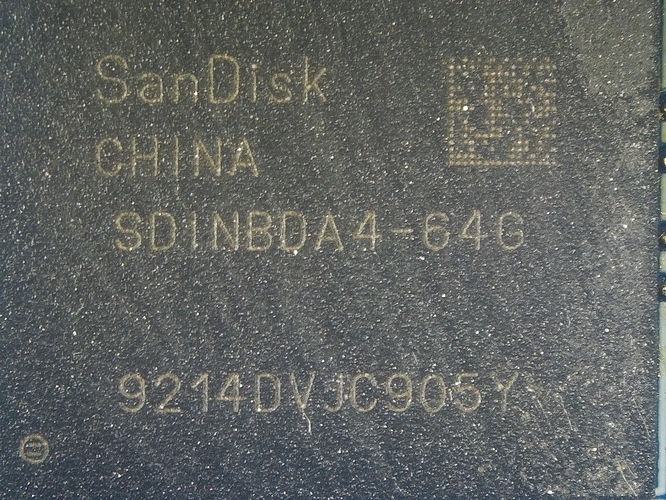‘Industrial’ is always a fraught path to discuss as often there are 2 very different approaches 1stly tank like hardening vs pit stop quick change.
Its been over 20 years but before I got ill I was starting to do quite a bit of commissioning on the data side of plc systems.
The Acces i/o modules sort of remind me of some of the pci/pcie cards of that time that where great but prob not what I would leave to maintenance electricians where brick type plcs where wiring loom has a quick release and so does the module.
When I was around SD Cards where still to make an appearance as they seem only used for loading purpose whilst runtime is on a industrial rated processor / ecc memory usually battery backed unit.
Being old and out of the loop I wouldn’t call acces i/o ‘industrial’ as I was a fan of low cost quick fit maintenance stock but would prob be a bit concerned about the electricians who may be doing the replacing.
I am pretty sure the automotive/industrial rated chips of the Rk3588 with specific designs would make great industrial product as would many from the RK range but they do need specific consideration to be made truly ‘industrial’, but that is personal opinion and not worth argument.
Which is all cool as the B type boards & CM tend to be general purpose that at a pinch could be used for all, but tend to be very feature rich and so increasing cost.
I have a few ‘is it worth it’ ponderings and eMMC is often one, just for me in use often I don’t use or would.
GPIO40 is another as often it isn’t 100% Pi format and the low density often means revisions play pin mux musical chairs as a community argues about missing i/o.
Why not higher density connectors that could be FPC ribbon, eMMC snap ons or just more dense 1.27mm headers that any could have more pins and feed a 2.5mm gpio40 daughter board.
My 3rd common comment is a vert, off i/o plane power connector that connects to the same buck as PD but allows 12v like a mobo for internal psu’s which is likely an addition to the B type boards.
So eMMC B type boards maybe likely, A type boards maybe not.
GPIO40 on all I tend to think is past its sell by date.
I really like the singular I/O plane of the ‘pico itx’ format as really it means we don’t need enclosures just an i/o panel, but would like a non i/o prob non pd power connector for internal psu’s at least on B boards.
Only personal musings, but raspberry seemed to be able to shave off much cost by dropping connectors for simplicity and occasionally I am thinking what is the 20% of connectors that could suit 80% of the community that may be applicable to lower cost A-type boards.
The Rock5b is pretty much set in stone so been wondering what you can shave off for a cut price Rock5a as have my fingers crossed 

